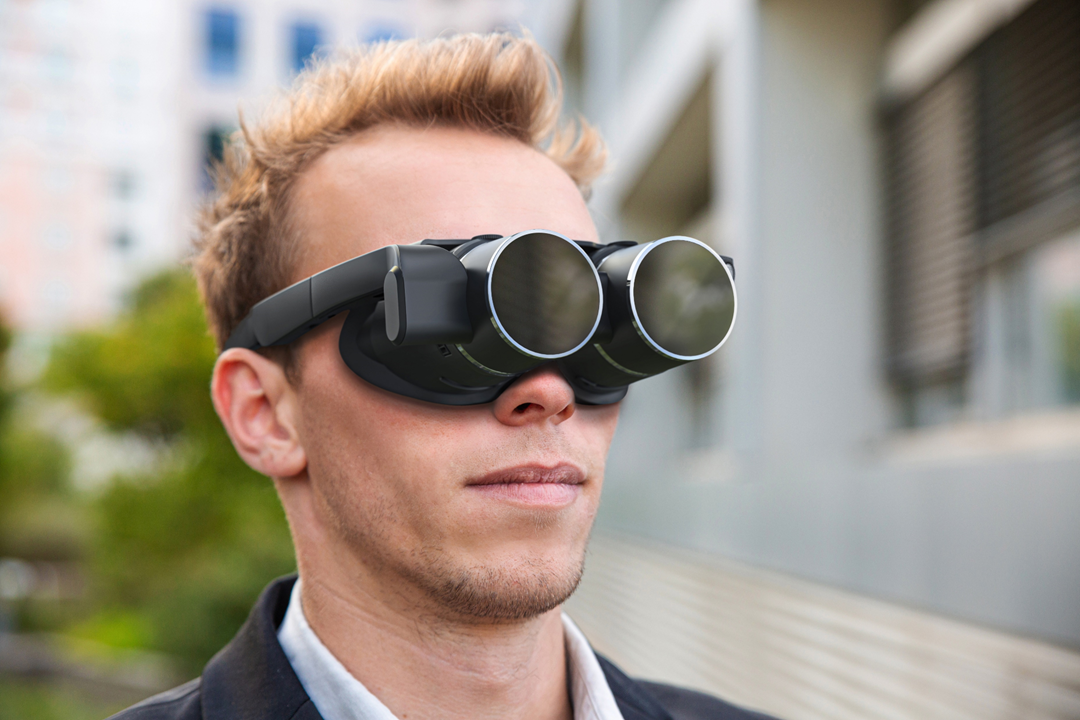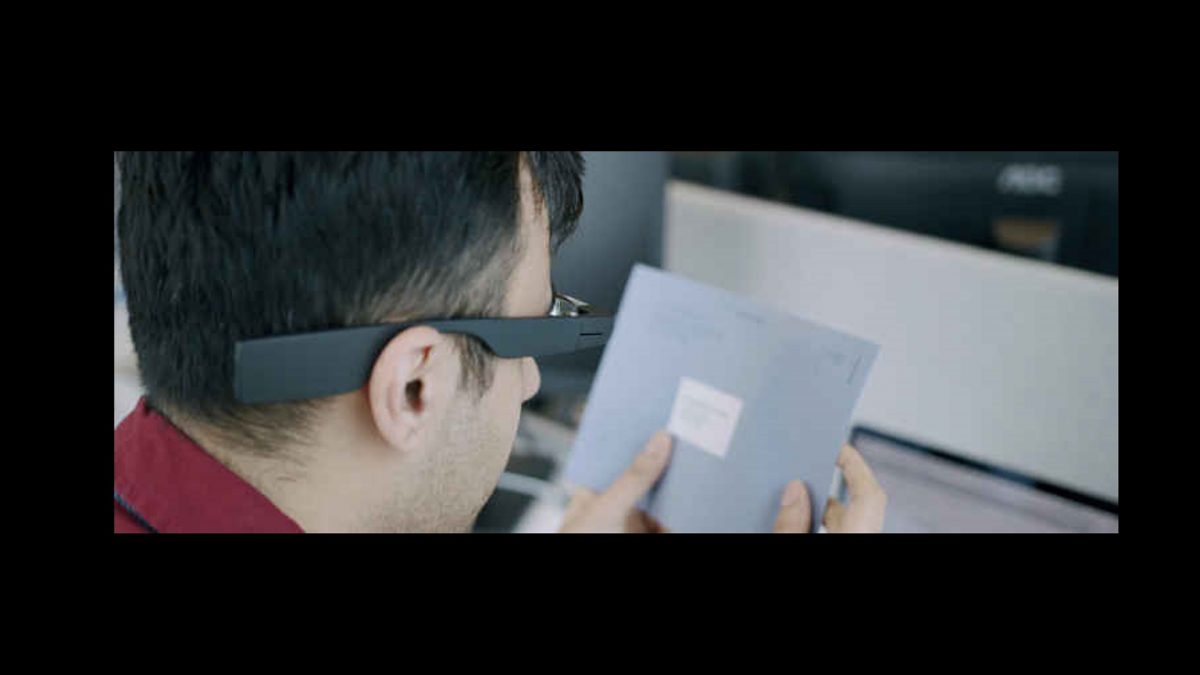Wearable Technology for Low Vision: Transforming How We Navigate the World
Wearable Technology for Low Vision: Transforming How We Navigate the World
Blog Article
Empowering Freedom With Assistive Technology for the Blind
The integration of assistive modern technology for individuals who are aesthetically damaged or blind represents a significant improvement in fostering self-reliance and improving top quality of life. With an array of tools-- from display readers to innovative responsive tools-- these innovations not just help with navigating and interaction however additionally promote social incorporation and involvement in various aspects of life.
Comprehending Assistive Technology
Although assistive technology has actually progressed dramatically throughout the years, its fundamental objective continues to be the very same: to improve the quality of life for people with specials needs, especially those that are blind or aesthetically impaired. This innovation includes a wide series of tools and devices that facilitate self-reliance and functionality in everyday tasks.
Assistive modern technology can be categorized into high-tech and low-tech options, each developed to satisfy details demands. State-of-the-art gadgets typically consist of software applications, specialized hardware, and flexible devices that use advanced modern technology to provide support in different contexts. Alternatively, low-tech services might entail day-to-day things that are customized to enhance accessibility, such as magnifiers or responsive pens.
The combination of assistive innovation into the lives of individuals that are blind or aesthetically impaired not only advertises freedom but also cultivates social inclusion and participation in educational and specialist atmospheres. By leveraging these technologies, users can browse their environments, access info, and connect successfully, thus boosting their total lifestyle. Recognizing assistive innovation is important for supporters, caregivers, and experts who intend to support people in maximizing their potential and attaining higher independence.
Sorts Of Assistive Devices
Assistive tools for the blind and visually damaged are vital tools that boost daily living by resolving specific challenges experienced by users. These tools can be generally categorized right into three major types: optical devices, digital tools, and sensory gadgets.

Sensory tools, such as Braille displays and responsive maps, offer different ways to obtain details. Braille displays transform electronic message right into Braille, allowing users to go through touch. Responsive maps offer spatial understanding with elevated textures and lines, permitting much better ecological recognition.
With each other, these assistive devices encourage individuals with aesthetic impairments to engage more completely with their surroundings, promoting higher self-reliance and confidence in daily tasks.

Effect On Every Day Life
The integration of assistive innovation into the day-to-day lives of individuals who are blind or aesthetically damaged considerably improves their capability to interact and browse with the globe around them. Instruments such as screen readers, Braille presents, and mobile applications promote access to details, enabling customers to involve with digital content, connect successfully, and take care of everyday tasks individually.
Moreover, innovations like clever glasses and navigating apps provide real-time aid in unfamiliar settings, improving movement and confidence. These devices make it possible for customers to recognize obstacles, checked out signs, and even identify faces, thus promoting a sense of freedom in public rooms. In addition, home automation systems, which can be regulated via voice commands, enable individuals to handle their living atmospheres better, boosting comfort and security.
The effect of assistive innovation extends past useful tasks; it advertises social addition and emotional wellness. By connecting the gap between people and their environments, these technologies empower individuals to get involved completely in neighborhood activities, pursue instructional opportunities, and involve in significant relationships. Inevitably, the development of assistive technology is instrumental in redefining the opportunities for individuals that are blind or visually impaired, bring about a more easily accessible and comprehensive culture.
Success Stories and Reviews

An additional powerful endorsement comes from Mark, a current college grad that used display analysis software program throughout his scholastic trip. This innovation enabled him to accessibility training course products and participate in discussions, eventually causing his successful shift into the workforce. Mark debts assistive innovation for encouraging him to achieve his occupation objectives, stressing its function in leveling the playing field for people with visual problems.
Furthermore, recreation center have Smart glasses for the visually impaired reported boosted engagement in their programs thanks to the intro of accessible electronic systems. These systems have actually made it simpler for people to link, share resources, and assistance each other. These success stories collectively highlight the extensive result of assistive technology in cultivating independence, improving lifestyle, and damaging down obstacles for the aesthetically impaired and blind area.
Future Trends in Assistive Tech
Emerging innovations are poised to reinvent the landscape of assistive tech for individuals that are blind or visually impaired. Advancements in expert system (AI) and machine learning are enhancing the capacities of tools, allowing even more user-friendly individual experiences. As an example, AI-driven applications are increasingly able to check out and identify objects text aloud in real-time, giving users with valuable info concerning their surroundings.
In addition, developments in wearable innovation are developing brand-new opportunities for self-reliance. Smart glasses geared up with enhanced reality functions can overlay vital info onto the user's area of vision, facilitating navigating and communication with the environment. Furthermore, the integration of Internet of Things (IoT) tools is enhancing accessibility in clever homes, enabling users to regulate devices and get notifications via voice commands or tactile interfaces.
The development of braille display screens and responsive comments systems is additionally growing, promoting access to electronic web content and enhancing interaction. As these technologies continue to develop, they guarantee to enhance everyday living, educational chances, and employment prospects for individuals with aesthetic impairments. Constant cooperation between technologists, customers, and advocacy teams will certainly be vital in guaranteeing these technologies meet the demands of the area properly.
Final Thought
To conclude, assistive innovation plays a pivotal role in boosting the freedom of people that are blind or visually impaired. By supplying vital devices and sources, these modern technologies facilitate enhanced interaction, navigation, and gain access to to information, therefore fostering autonomy and confidence. The transformative effect of assistive gadgets not just promotes effective interaction with the atmosphere yet also urges social addition and engagement in various elements of life, eventually equipping individuals to grow within their areas.
The combination of assistive modern technology for people who are aesthetically impaired or blind stands for a significant advancement in cultivating freedom and boosting quality of life.The assimilation of assistive innovation right into the lives of people who are blind or aesthetically harmed not just advertises freedom yet also promotes social addition and engagement in academic and expert settings. Inevitably, the innovation of assistive innovation is crucial in redefining the opportunities for people that are blind or aesthetically damaged, leading to a much more obtainable and comprehensive culture.
Lots of people that are aesthetically damaged or blind have shared inspiring success tales that highlight the transformative effect of assistive modern technology on their lives.In conclusion, assistive innovation plays an essential role in improving the freedom of individuals who are blind or aesthetically impaired.
Report this page